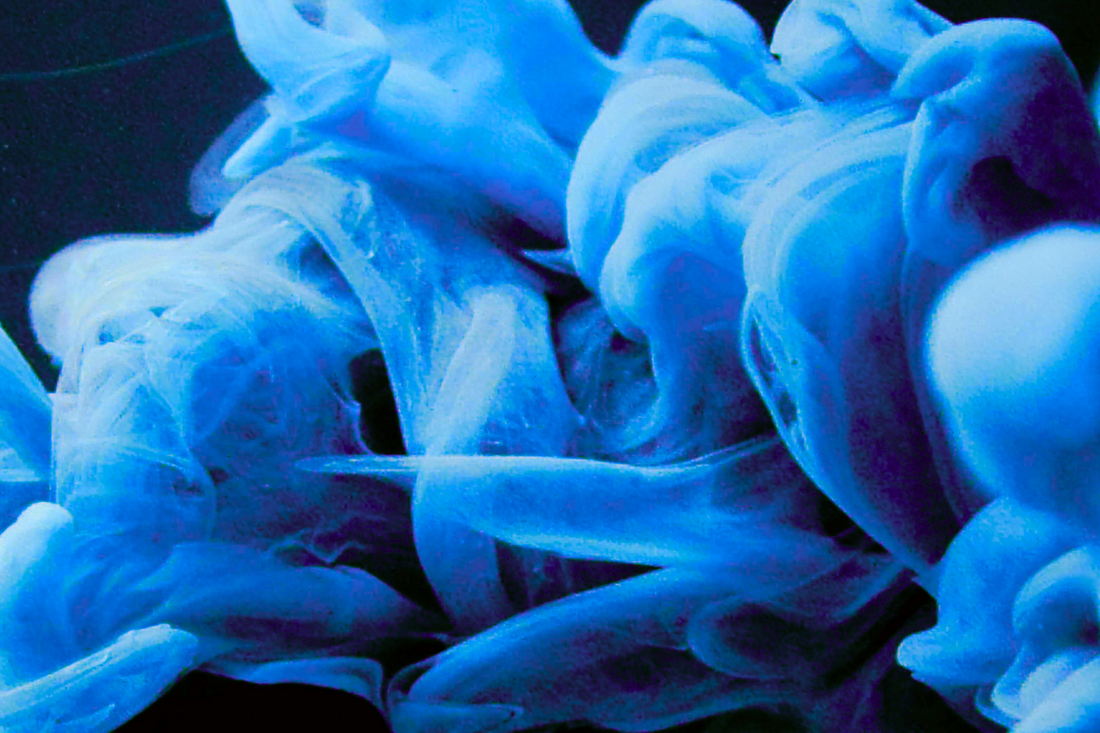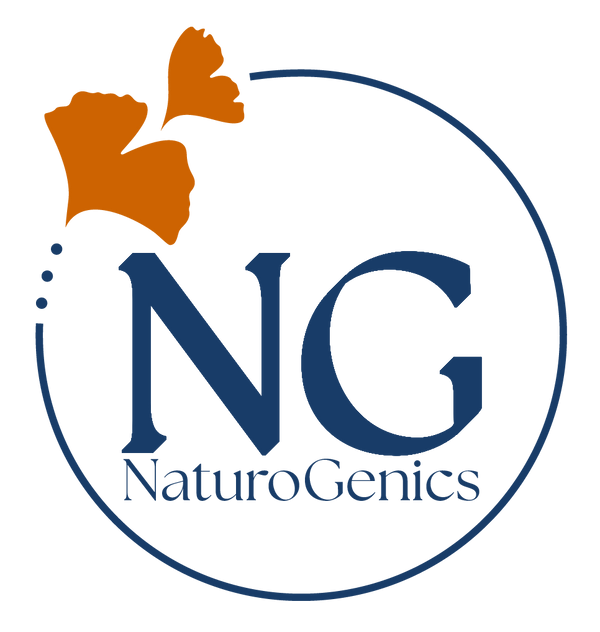
Methylene Blue: A Legacy of Scientific Curiosity and Laboratory Application
Karen Faye BrionesShare
Exploring the research history and non-clinical properties of methylene blue.
Introduction
MitoCell™ Blue is a high-quality 1% methylene blue solution formulated for external, laboratory, and non-human research applications. Methylene blue (MB) is a synthetic compound with a long-standing history in scientific disciplines. Originally developed as a dye, it has since become widely studied for its redox-active properties and unique behavior in various controlled experimental settings.
This article provides an overview of methylene blue’s scientific journey, with emphasis on its historical and laboratory-based applications. MitoCell™ Blue is not intended for human use or therapeutic purposes.
Historical Background
Early Applications
- Histological Staining: Methylene blue was first used in the early 20th century as a biological stain to help scientists visualize tissues and cellular structures under a microscope.
-
Synthetic Dye: Its deep blue color and stable chemistry made it an ideal choice for various industrial and laboratory uses.
Research Milestones
- Methylene blue has since been incorporated in laboratory studies involving redox chemistry, photodynamic reactions, and mitochondrial pathways in non-clinical models.
-
Its electron-transfer capabilities have made it a recurring topic of interest in cellular energy research under in vitro and theoretical conditions.
Research Interest Areas (Non-Therapeutic)
The following areas of study are drawn from published research and are provided for informational and scientific interest only. MitoCell™ Blue is not intended for any medical or therapeutic use.
- Redox Chemistry: Methylene blue is commonly explored in redox-related experiments due to its ability to switch between oxidized and reduced states.
-
Photodynamic Research: It has been used in light-activated systems for experimental disinfection and materials testing.
-
Mitochondrial Electron Transport Models: Methylene blue has been studied in lab-based models to evaluate how it interacts with electron transport chains and oxidative systems.
-
Aquatic Research: Due to its dye and redox properties, methylene blue has also been explored in aquarium and fish health studies.
MitoCell™ Blue – External Use Only
MitoCell™ Blue provides a clean and stable 1% methylene blue solution suitable for:
-
External laboratory procedures
-
Industrial testing
-
Non-human research protocols
It is:
-
Not for ingestion or injection
-
Not for application on human or animal skin
-
Not intended for therapeutic, diagnostic, or medical use
Scientific Curiosity and Global Research
Researchers globally continue to explore the properties of methylene blue in a variety of experimental fields. These include:
-
Oxidative-reduction dynamics
-
ATP production models (non-clinical)
-
Antimicrobial testing in lab environments
-
Light-activated surface sanitation studies
While this research is publicly available, MitoCell™ Blue is supplied strictly for external, non-human, and non-clinical purposes.
Disclaimer
-
This article is for educational and informational purposes only.
MitoCell™ Blue is not a medicine or supplement, and it is not intended to diagnose, treat, cure, or prevent any disease.
-
It is not approved by the TGA for therapeutic use in Australia.
-
Use of this product is strictly limited to external, laboratory, or industrial applications.
- Do not ingest, inject, or apply to the human body.
Storage and Safety
-
Store tightly sealed in a cool, dark place.
-
Keep away from children, pets, and untrained personnel.
-
Follow standard laboratory safety protocols when handling.
More to Come
We will continue sharing public-domain research, history, and experimental insights about methylene blue — educational resources and lab-oriented references
